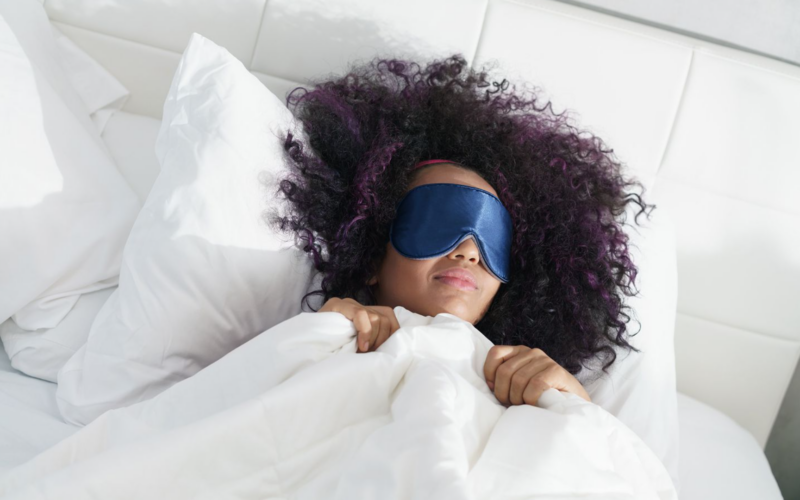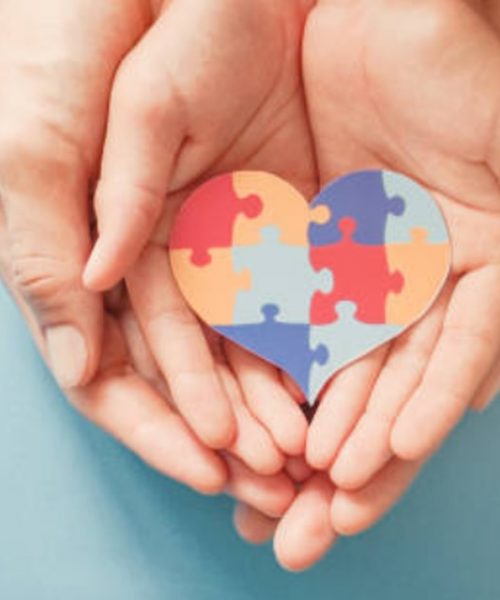By Cynthia Weiss, Mayo Clinic News Network
Troy Warren for CNT #Health
Symptoms can start as early as 5 to 6 years old, and prevent a good night’s sleep
Dear Mayo Clinic: My child moves around a lot at bedtime and has trouble falling asleep. She describes “bugs” on her legs. As someone who was diagnosed with restless legs syndrome, I am wondering if children can develop restless legs syndrome, too?
Answer: Yes, children can have restless legs syndrome. You also may hear it called Willis Ekbom disease, based on the names of the physicians who first described this condition.
Just like adults, children can have sensations in their legs that makes it hard for them to fall or stay asleep. If the sensation happens regularly, they may have restless legs syndrome, which is considered a sleep disorder.
Restless legs syndrome can occur in about 2% of school-age children. It also can run in families. Children with symptoms may have a parent who has restless legs syndrome.
Similar to adults, restless legs syndrome can make it difficult for children to get a good night’s sleep. It does not lead to other health problems in children. Treatments are available that often can reduce or eliminate restless legs syndrome.
At first, it can be challenging to diagnose children with restless legs syndrome, which is characterized by an unpleasant or uncomfortable urge to move their legs. Some people describe it as a crawling, pulling or burning sensation in the thighs, calves or feet. Children may describe “bugs” or use other such descriptors.
The sensation is temporarily relieved when they get up and move around, or when they shift or stretch their legs. Children also can have “growing pains,” which typically wax and wane, and are not associated with the need for movement.
Symptoms of restless legs syndrome typically begin at night after a person has been sitting or lying down for some time. These symptoms can occur during the day, too, when a person is sitting, but they typically are worse at night. Children may sometimes have these feelings while sitting in a car or classroom.
Many people have mild leg twitches as they drift off to sleep. These movements, called “hypnic starts,” are a normal part of falling asleep. They are not associated with restless legs syndrome. Restless legs syndrome is much more uncomfortable, and it often makes it hard to fall sleep and stay asleep.
Sometimes muscle and ligament strain can be misinterpreted as restless legs syndrome, too. Usually, however, a strain is relieved by rest; whereas, the symptoms of restless legs syndrome worsen when limbs are kept still.
Health care providers usually can diagnose restless legs syndrome based on symptoms. In children, symptoms can start as early as 5 to 6 years of age. Attention deficit hyperactivity disorder can coexist in about 30% of children who experience restless legs syndrome.
Sleep studies are not necessary unless children cannot accurately describe their symptoms. Based on how old children are developmentally, it can be difficult for them to describe the unusual feelings in their legs, so it is important to speak with a health care provider about options.
Treatment for restless legs syndrome focuses on relieving its symptoms. Taking a warm bath, massaging the legs, or applying warm or cool packs can calm symptoms of restless legs syndrome. Stretching, followed by exercise at a moderate level regularly and establishing good sleep habits also can make a difference. Caffeine, alcohol or tobacco consumption can trigger or worsen symptoms.
Research shows that too little iron in a person’s diet can contribute to restless legs syndrome. Some young children or toddlers have a high consumption of cow’s milk, which can lead to low iron. You may want to speak to your pediatrician about checking their blood iron level.
If the blood iron level is low, eating more iron-rich foods can help. Examples include red meat; dark green leafy vegetables; beans; and iron-fortified breads, cereals and pastas. Your health care provider also might recommend an iron supplement, which is usually the first choice to treat children.
No medications have been approved by the Food and Drug Administration for children with restless legs syndrome. Certain medications may be considered by a sleep medicine physician if children have not responded to other measures to manage symptoms.
For adults, if lifestyle changes are not enough, medications are available to reduce symptoms related to restless legs syndrome. Medications that have been shown to help include several that affect a chemical in your brain called dopamine. Dopamine’s job is to send messages from your brain to your body that control muscle movement. Researchers suspect that restless legs syndrome may be linked to insufficient activity of dopamine in the nervous system.
Be aware that certain medications can worsen symptoms of restless leg syndrome, including over-the-counter sleep aids that contain diphenhydramine, selective serotonin reuptake inhibitors and anti-nausea drugs. Review current medications with your health care provider. They might recommend substitutes, as needed, to manage restless legs syndrome.


































